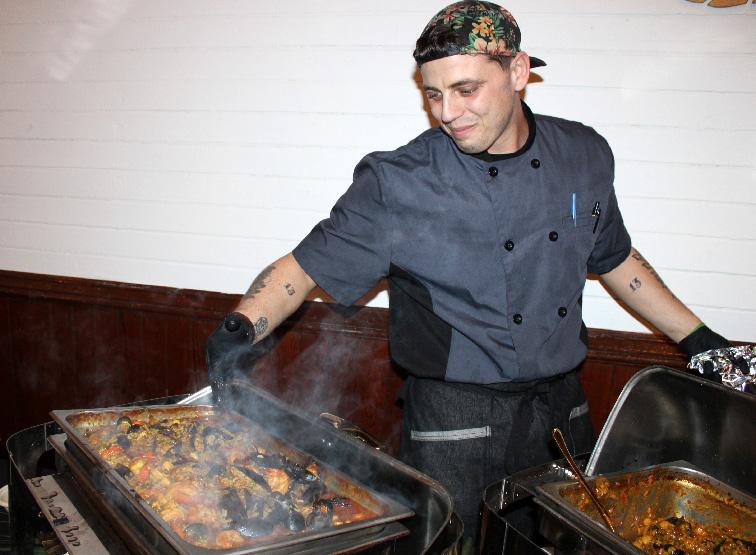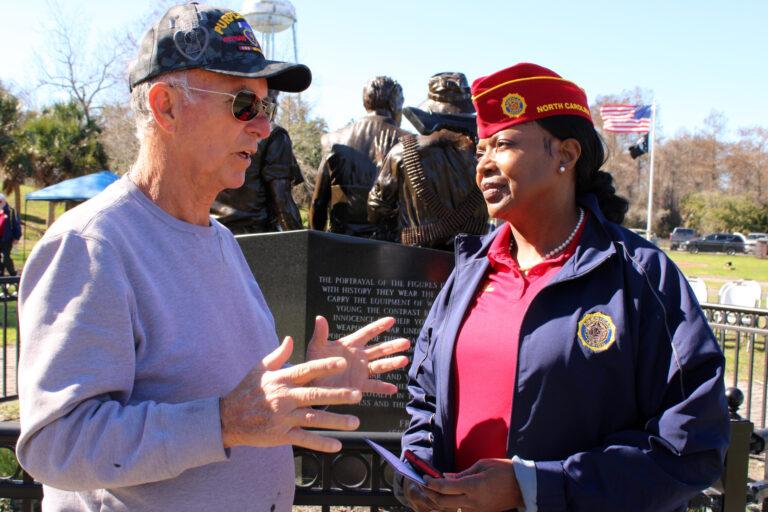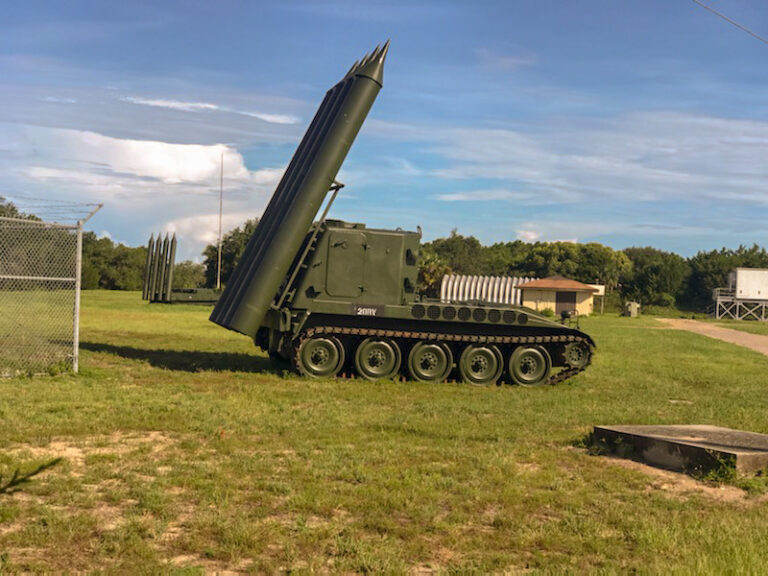Legacy Post Disclaimer
This is a #Legacy post imported from The Apalachicola Time’s previous platform. If you’re experiencing issues with this article, please email us at news@nevespublishing.com.
End of an era for Mormon meetinghouse
They’re selling the Apalachicola site of The Church of Jesus Christ of Latter-day Saints, asking $270,000, and transaction broker LaDonna Ingram said she expects to receive a good number of bids by the deadline, 5 p.m. on Thursday, March 18, one month after the church began its marketing.
Once a deal is reached, someone could put another church there, or a school or a clinic. Or since it’s zoned R-2 multi-family residential, it could be light industry, or more likely, duplexes, townhomes or single-family homes. It won’t be an RV park, or a site for mobile homes, as they are not allowed.
After that, in time, people might not even know there ever was a church on the site, for nearly 50 years the Apalachicola heart of the Mormon community's souls.
The 2.4 acres there are cleared and well-kept, a carefully-tended building surrounded by a nicely groomed lawn, a site soon to transformed into a place altogether different than that meetinghouse built there in 1974 to serve the members in Apalachicola Branch.
The Mormon community had been, beginning after World War I, a tight-knit fabric of faithful, but scarce, strands, a handful of families who met beginning in the early ‘20s at the 108 Ninth Street home of Thursa Adkisson.
There they had Sunday School, where Brother Jimmy Russell, the only man at the time that held the priesthood, would bless the sacrament and pass it.
“Until later on, Sister Adkisson’s son and Brother Jimmy Russell’s boys became old enough to hold the Priesthood, so they were ordained Deacons and so he had to help with the sacrament,” is what happened, based on remarks shared by George Melvin, at the Nov. 30, 1980 dedication of the 2,300-square foot building, a celebration of ending of all debt on the site, five years after the building was completed in 1975.
In 1965, the Church of Jesus Christ of Latter-day Saints had bought six acres for $20,000.
“I didn’t think we’d ever get it paid for,” Melvin told the audience at the dedication of the Apalachicola Branch of the Tallahassee Florida Stake, a stake being a mid-level collection of at least five contiguous branches.
“But anyway, we had just a handful of members and with the help of some of the good brothers, Brother Stripling, Brother Monty Gentry, we burned a lot of chickens to pay for this property,” he said.
“There’s a lot of pies and cakes and love and sweat and many, many prayers goes into this building. I reckon it goes into all buildings into all temples that have ever been built,” said Brother Clyde Gentry at the dedication. “I can remember a place on Third Street in Port St. Joe that I went to Brother and Sister Smiths – we had a little home Sunday School there once or twice that I can remember.”
Franklin County Judge Van Russell, now retired and living mostly in Crawfordville, was one of those many Russell boys, who would visit their grandfather in Apalachicola from their home in Madison.
“The services, because of the size, did not have the formality that they do know. The essential things were conducted,” he recalled. “Granddad would administer the sacrament, bread and water.
“My dad moved to Madison, he did not marry a Latter Day Saint, he married a Baptist,” Russell said in a Zoom meeting Tuesday. “I had cousins, Baptists, who lived all around us. I was 30 years old before I joined.”
He’s kept the faith, and even in retirement, stays close to it, offering early morning hour-long lessons online to young people. “Teaching teenagers keeps you humble and on your toes,” Russell said.
Port St. Joe’s Mary Carmel Griffin, also a member of the church, has memories of her grandmother’s opening her doors to the small congregation.
“We had Sunday school in the living room, and classes in the bedroom or back porch,” she said.
Griffin’s father John Joseph Buzzett Sr. had married a Mormon girl, Tura Lee, and after 44 years together, he decided to be baptized into the faith. As an assistant branch clerk, he spoke at the dedication, right after his mother-in-law recounted how her faith sustained her when there were few fellow congregants.
The first three years of her married life Adkisson lived in Elba, Alabama. “I didn’t see a member of the Church or any of my folks or missionaries during that time, but I had my book of Mormon, and I knew the Gospel was true,” she said,at the time in her 90s.
“There were different things that came from Salt Lake that kept her on the path,” even after being widowed and raising three children during the Depression, said Griffin.
“She never wavered,” she said. “She was on her own for so long.”
Russell moved to Apalachicola shortly after the building was dedicated. “It was a pretty large congregation then, a lot of elderly people there. We had some youth,” he said.
What is happening now with church membership is along the same lines with what used to happen, a point Melvin made years ago at the dedication.
"We had some good times and bad times,” he said. “We get our membership up and somebody would have to leave to go some place else,
"We’d get a good active family and they’d have to leave and go somewhere else to get a job, and I remember a few years back, we lost 13 members in about two weeks, and then later our Branch was divided, and we lost half when they went to Port St. Joe.," he said.
Van Russell said the building that was built in the late ‘70s, part of a financial partnership with the larger church, was a Phase 1 building, meaning “it is one of the smallest chapels the church builds. A Phase 2 building would consist of the addition of a chapel, with the existing building turned into classrooms.”
At one point, families tried to swell attendance at the local meetinghouse as it grew in size.
“If we averaged 100 people in attendance at primary Sunday meeting, we could qualify for that second phase, in the late 1980s and we did that,” said Russell. “We averaged 100 in attendance for 12 weeks. We really worked and beat on the doors, and we may have scraped up some from other locations.”
But, after that, the Tallahassee Stake was merged into the Panama City Stake, plus “we had an economic crisis and we lost a lot of people, so we never got that second phase,” he said.
Griffin was among those who stayed active, and remembers how in 1964 the meetings were moved to Eastpoint, into a house at what is now Frost's Pottery Garden, at the intersection of U.S. 98 and Bay Shore Drive.
In Port St. Joe, they met at the Union Hall on Sixth Street. Later the church would buy property at Mexico Beach. “They got a double wide trailer while the chapel was being built,” she said.
Griffin recalls attending there, and then driving back to Eastpoint to spend the whole day with her mom and dad.
The current branch president, Michael Archibald, manager of Deseret Cattle and Timber in Wewahitchka, part of the Mormon Church’s financial arm, said the building off 15th Street, destroyed in Hurricane Michael, is now under renovation. And so the congregation, made up on members from Panama City, Bonifay, Blountstown, Tyndall Air Force Base, and as far east as Franklin County, have been meeting in Callaway
The church in Crawfordville, where Russell attends, is part of the Tallahassee Stake, and so a portion of members from these parts have been attending there.
In 2019, prior to the pandemic, the Apalachicola congregation was already fraying.
“Those members joined larger congregations in Mexico Beach and Crawfordville, where their needs could be better served,” said Irene Caso, a Church spokesperson, in an email.
“We didn’t have a say in it,” said Russell. “The average numbers attending had declined to a point, for whatever reason, the church did not want to maintain the building.”
He noted that in the years prior to the decision, when the local population of active church members was greater and the influx of retirees steady, there had been talk of relocating an expanded meetinghouse elsewhere.in the county.
“We have about eight members every Sunday that go to Callaway,” said Archibald, a Utah native, who studied animal science at Brigham Young University, and whose role with the church is as a volunteer, the same as the many roles on the grass-roots local level where members are called upon to serve their community, doing everything from blood drives to community events to sheltering the displaced from Texas storms, and be a witness for Jesus Christ.
“It’s the same faith that kept the branch open for many years,” he said. “Members of the church were very faithful in coming out on Sundays. It was quite a drive.”
Plus, to bolster the work of the church, the Mexico Beach Branch has two young men on proselytizing missions, Elder Cox and Elder Mathews, who cover the area. Church members between the ages of 18 and 26 serve on those missions. “They’re not required to go, they are encouraged to go,” Archibald said.
The two men can be reached at 850-247-6466.
As far as the upcoming sale goes, Ingram noted that the new owner will bring taxes into both the county and the city, as well as greater dollars into the water and sewer system. “Anything other than a church is taxed,” she said.
Ingram can be reached at ladonna@ladonnaingram.com.
Contemplating the chapel’s closure and sale of the land. Griffin thinks back to her grandmother, and the handful of families that sustained the faith from its earliest roots.
“I can remember sitting in grandmother’s living room and there was nothing but moms and children,” she said. “There were three or four different families. Martha Pearl had all four of her babies there.
“It means a lot to me, and it hurts a little bit,” said Griffin, of the upcoming sale. “Right now it’s time, we have to do what we’re doing.”
The late Martha Pearl Ward, matriarch of the family that built 13 Mile, one of the largest seafood houses in the county for many years, was active in the church from her earliest years, including back in 1980, when as Young Women’s President, she offered the benediction at the dedication ceremony.
“Dear Heavenly Father, we are so thankful for this beautiful day that we have had,” she said. "We are thankful for the many blessings that Thou hast poured upon our souls.
“We pray that we will remember the blessing that has been given to us this night, and that we will let our light shine more brightly now that others might see our good works and glorify Our Father in Heaven.
“We are thankful for the many blessings that we have had in the past and for the loved ones that we have had to share the Gospel with,” said Ward. “We pray that Thou will touch the hearts of the ones that are near and dear to us, that they will have a desire to serve Thee also.
“Continue to bless the leaders over us that they may lead and guide us in Thy righteousness, and bless those that have a distance to go this night that they may travel in safety.”
This article originally appeared on The Apalachicola Times: End of an era for Mormon meetinghouse





Meet the Editor
David Adlerstein, The Apalachicola Times’ digital editor, started with the news outlet in January 2002 as a reporter.
Prior to then, David Adlerstein began as a newspaperman with a small Boston weekly, after graduating magna cum laude from Brandeis University in Waltham, Massachusetts. He later edited the weekly Bellville Times, and as business reporter for the daily Marion Star, both not far from his hometown of Columbus, Ohio.
In 1995, he moved to South Florida, and worked as a business reporter and editor of Medical Business newspaper. In Jan. 2002, he began with the Apalachicola Times, first as reporter and later as editor, and in Oct. 2020, also began editing the Port St. Joe Star.